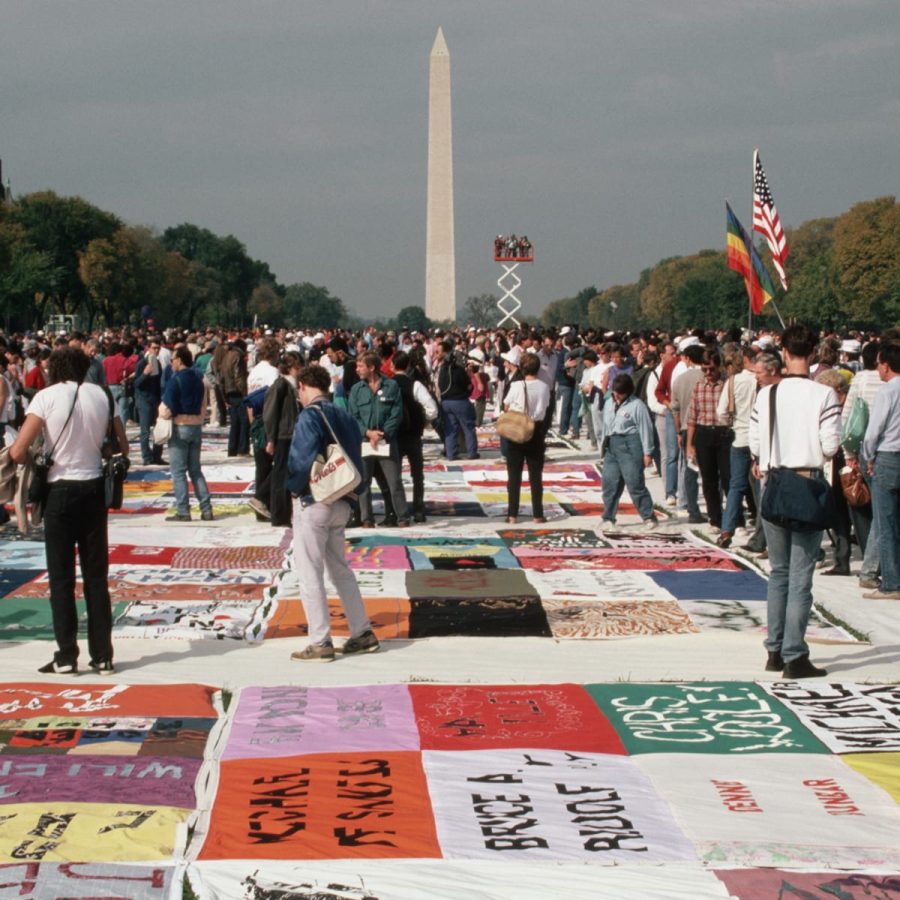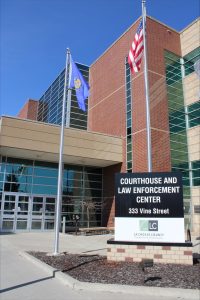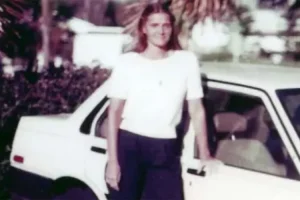Historical artifact on campus: National AIDS Memorial Quilt Panels
March 16, 2023
The University of Wisconsin-La Crosse University Art Gallery is displaying panels from the National AIDS Memorial Quilt in an exhibition titled, “Sewn in Memory: National AIDS Memorial Quilt Panels.” The panels were brought to campus as a part of ArtsFest, but will remain in the gallery until Friday, April 7. This is the first time in nearly 30 years that the panels have been at UWL.
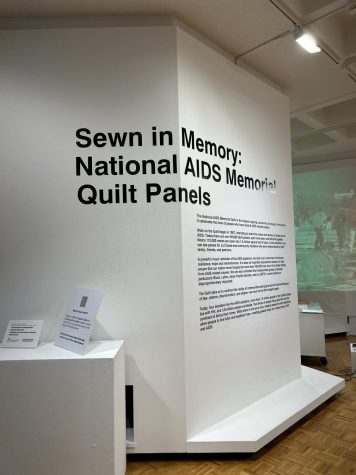
According to Campus Connection, the panels were brought to UWL in mid-February where students in the Art Department were able to run condition reports on them. The source said students checked for missing seams, stains and discoloration in the panels, and that the students also created the audio tour that is available in the gallery.
Each of the panels on display in the University Art Gallery were created to honor loved-ones who died due to AIDS. On the panels, UWL students and La Crosse community members can observe the photos, handwritten messages, dates, names, and cloth representations of beloved objects that have been sewn into the panels.
The panels on display here at UWL are only a small sample of the full quilt. When the quilt was first displayed during the National March on Washington for Gay and Lesbian Rights, it was composed of 1,920 panels. In 1988 the quilt was displayed outside of the White House where it had grown to include 8,288 panels. The source said since then, the quilt has grown even larger in size, representing the names of thousands of individuals who were affected by the AIDS pandemic, and it includes panels from all 50 states and 28 countries.
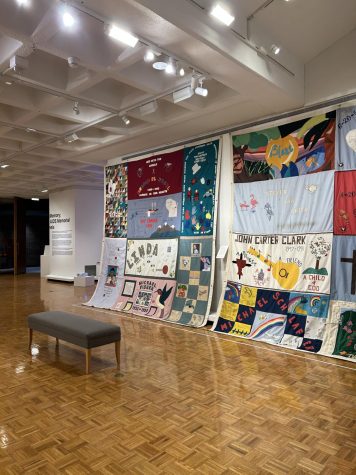
According to The National Aids Memorial, the quilt was created by Cleve Jones who was a longtime activist for gay rights. While organizing a candlelight march in honor of a gay political figure from San Francisco, CA who was assassinated, Jones learned that nearly 1,000 San Franciscans had died from AIDS. The source said that Jones was inspired to create a memorial that would demonstrate the heavy impact of AIDS in the United States, and that the first panel created was by Jones himself to honor his friend who he lost to AIDS.
According to Joseph Bennington-Castro, by the middle of 2020, the quilt had nearly 50,000 panels and paid tribute to more than 105,000 people who had died of AIDS. He wrote that by the time that the United States government began to acknowledge AIDS and make an effort to raise awareness of the disease towards the end of 1987, 47,000 people had already been infected with it. Bennington-Castro also wrote that AIDS became known as the ‘gay plague’ after it began to spread throughout America. He said that not only did gay men fear dying of AIDS, but they also feared being outed to the public by it.
According to The National Aids Memorial website, the entire quilt covers 1.3 million square feet and weighs 54 tons. The quilt is a visual representation of the devastation of the AIDS pandemic, and it is the largest ongoing community art project in the world. Each block of the quilt is composed of eight panels, and each panel is three feet by six feet wide to represent the approximate size of a human grave to emphasize the lives lost to AIDS.
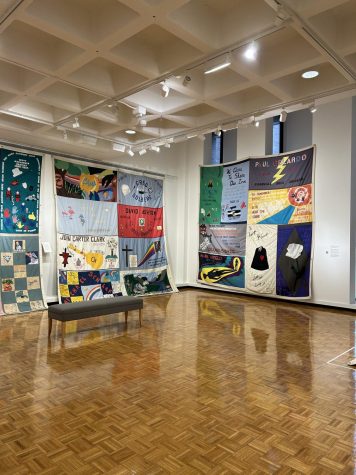
Even though the entire quilt is too large today to be physically displayed at once, interested parties can take a virtual interactive tour of all 50,000 panels. This interactive tour was made available in 2020. The National AIDS Memorial said the quilt brought a sense of comfort during the AIDS pandemic, and they hoped that opening the quilt up nationwide would do the same for those who felt grief due to the COVID-19 pandemic. The virtual tour is still available and can be found here.
“Sewn in Memory: National AIDS Memorial Quilt Panels” will be exhibited until Friday, April 7 in the University Art Gallery inside of the Truman T. Lowe Center for the Arts 333 N. 16th Street, La Crosse, WI 54601. Gallery hours are 1:00 p.m. to 8:00 p.m. Monday through Thursday and 1:00 p.m. to 5:00 p.m. Friday through Sunday. The gallery will also be open during events in Toland Theatre. As a part of ArtsFest, sponsors to the exhibition include the UWL Pride Center, the UWL College of Arts, Social Sciences, and Humanities (CASSH), Gunderson Community Foundation, and the Fransciscan Sisters of Perpetual Adoration.

